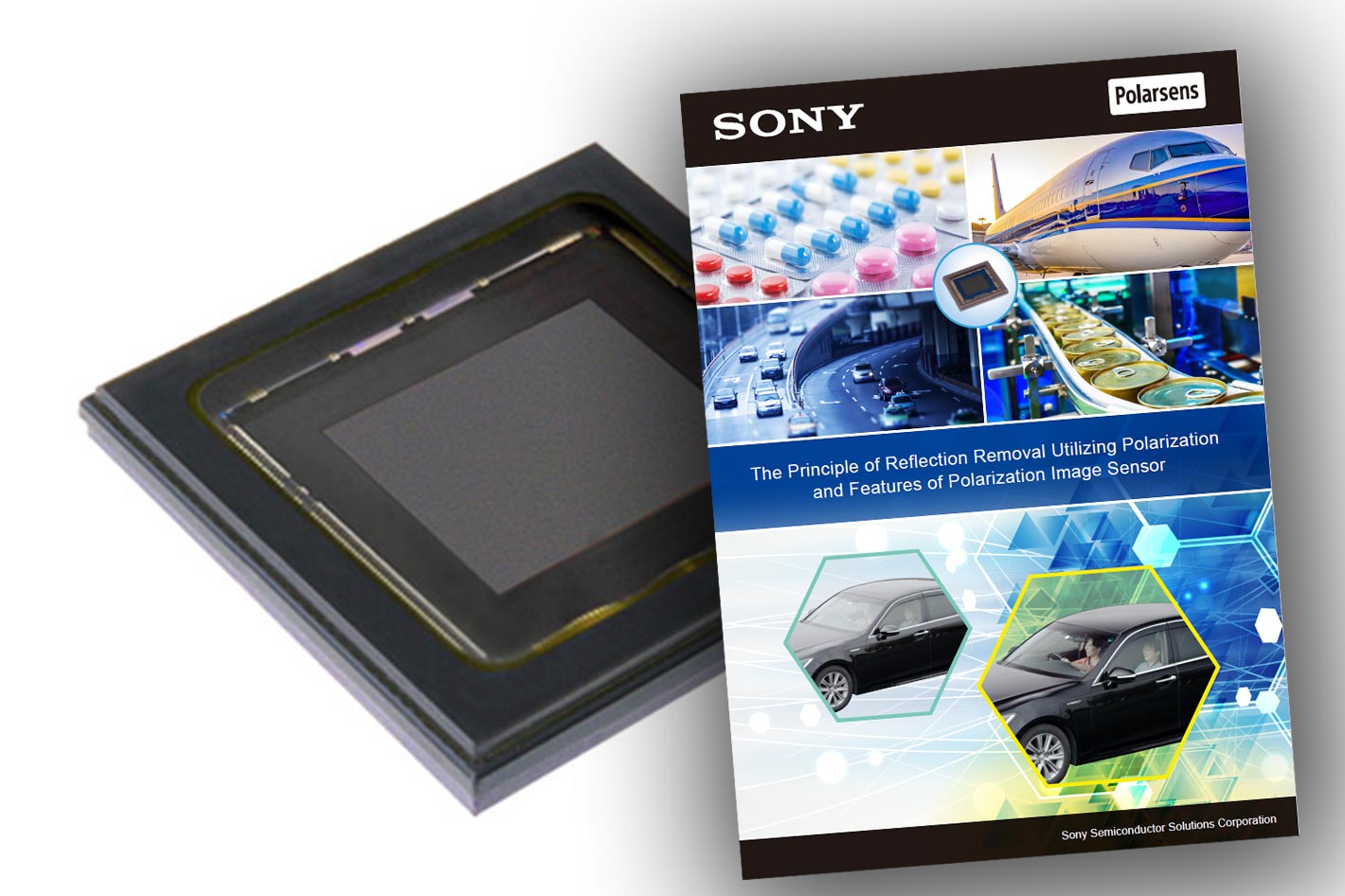
Polarizing filters are used to control (both hide and produce) polarized light. PL filters for Single-Lens Reflex camera and polarized sunglasses may be familiar use cases. As polarizing filters remove reflection light, they are essential accessories for photographers and videographers, who use them for turning captured color vivid or looking inside water. From skies to landscape, water surfaces to shop windows, polarizers are ubiquitous pieces of hardware.
The problem with polarizers is that they only work when certain conditions are met: the norm is that the degree of polarization depends on the angle of reflection. If the degree of polarization is low, reflected light cannot be removed clearly. To remove reflected light clearly, it is important to pay attention to the angle of reflection so that the degree of polarization is high. How many times have you wished there were better ways to control polarization? Well, a company may have a solution.
Sony recently released some videos demonstrating the reflection removal performance comparison among cameras using no filter, polarizing filter and Sony’s Polarization Image Sensor. Under the name PolarSens, the company has researched solutions to control reflections through the use of polarization. The technology allows Sony’s polarizer sensor to remove reflections from various planes and that can be done at the same time, which is something totally different from what’s possible with a regular polarizing filter.
Since 2020 that Sony has published a series of videos with application examples of polarization image sensor: reflection removal, visual inspection, improve visibility, 3D/Stress detection and human/vehicle detection. While the technology used in PolarSens is developed with industrial uses in mind, it’s an interesting solution that may, someday in the future, make it to consumer and professional cameras used by content creators.
Now, polarization sensors already exist, but while conventional types of polarization sensors the polarizer is attached on top of the on-chip lens layer, Sony Semiconductor Solutions’ polarization sensor – PolarSens – is different: the polarizer is formed on chip under the on-chip lens layer. A shorter distance between the polarizer and the photodiode improves, says the company, “the extinction ratio and the incident angle dependence.”
Now back to the polarizing sensor PolarSens from Sony. The company claims that “since the polarizer is formed during the semiconductor process, form and formulation of polarizer, uniformity, mass productivity and durability are excellent compared to conventional polarization sensors. Furthermore, Sony Semiconductor Solutions’ Polarization sensor is covered with an anti-reflection layer which helps to reduce reflectance and avoids poor flare and ghost characteristics.”
Sony Semiconductor Solutions’ polarization sensor can capture a four directional polarization image in one shot by the four directional polarizer. It can calculate the direction and degree of polarization (DoP) based on the intensity of each directional polarization. Together with subsequent signal processing, it can capture the polarization information in real time.
The videos published recently by Sony demonstrate the reflection removal performance comparison among cameras using no filter, polarizing filter and Sony’s Polarization Image Sensor, showing the results with the camera set to the side and in front of the subject. There is also a White Paper, The Principle of Reflection Removal Utilizing Polarization and Features of Polarization Image Sensor which can be download by anyone who wants to know more about the technology. Again, remember that the initial application of the sensor has nothing to do with image capture as photographers and videographers see it. Still, there is always hope that the technology may be useful in more ways than those where it is now being applied.
Sony Semiconductor Solutions has launched a PolarSens polarization image sensor (polarization sensor): 3.45μm pixel size with four-directional polarizer which is formed on the photodiode of the image sensor chip. This polarization sensor is targeting the industrial equipment market. In addition to capturing brightness and color, this image sensor can also capture polarization information that cannot be detected by a normal image sensor. This polarization sensor can be used in many applications in the industrial field, such as inspection when visibility and sensing are difficult.
Sony has three CMOS polarizer sensors available, the IMX250MZR / MYR and IMX264MZR / MYR, with approximately 5.07M-effective pixel monochrome/color and the IMX253MZR / MYR with approximately 12.37M-effective pixel monochrome/color, both with Global Shutter function and high-frame rate, features also needed for industrial applications.
